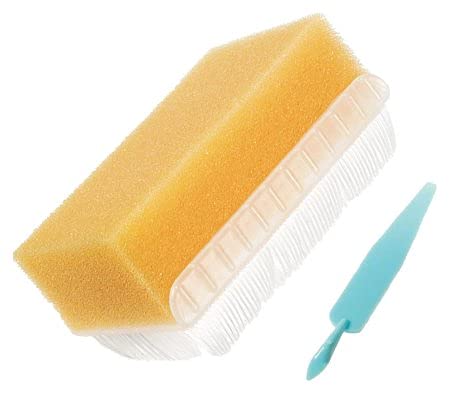Surgical Hand Brush: A Crucial Tool for Proper Surgical Hand Hygiene
In the world of healthcare, proper hand hygiene is paramount to prevent the spread of infections and maintain a sterile surgical environment. Surgical hand brushes play a critical role in achieving thorough hand cleansing, ensuring the safety of both patients and healthcare professionals. In this article, we will explore the importance of surgical hand brushes, their features, and the best practices for using them effectively in surgical settings.
Importance of Surgical Hand Hygiene:
Surgical hand hygiene is a fundamental aspect of infection control in healthcare facilities. Healthcare professionals, particularly surgeons and scrub technicians, are required to perform thorough handwashing procedures before every surgical procedure. This rigorous practice significantly reduces the risk of introducing harmful bacteria, viruses, and other pathogens into the surgical site, ultimately preventing surgical site infections.
Features and Design:
Surgical hand brushes are specifically designed to meet the stringent requirements of surgical hand hygiene. They are typically composed of a brush and a handle. The brush consists of soft bristles that effectively remove dirt, debris, and microorganisms from the skin's surface. The handle is ergonomically designed to provide a comfortable grip and ensure ease of use during the handwashing process.

Best Practices for Surgical Handwashing:
Wetting the Hands: Start by wetting your hands with warm water. The temperature helps to maximize the effectiveness of the soap or antimicrobial solution used during handwashing.
Applying Soap or Antimicrobial Solution: Apply a sufficient amount of surgical scrub soap or antimicrobial solution to the palm of your hand. The soap should be a recognized antiseptic that meets the required standards for surgical hand hygiene.
Lathering and Brushing: Rub your hands together to create a rich lather. Then, take the surgical hand brush and gently scrub all surfaces of your hands, including the palms, fingers, back of the hands, and nails. Pay special attention to the interdigital spaces and areas around the nails, as these are known to harbor microorganisms.
Duration: Follow the recommended handwashing duration specified by the healthcare facility or regulatory guidelines. Typically, surgical hand scrubbing should last for a minimum of two minutes to ensure thorough cleansing.
Rinse Thoroughly: After completing the scrubbing process, rinse your hands thoroughly under running water. Ensure that all traces of soap or antimicrobial solution are completely removed.
Drying: Use a disposable, lint-free towel or an air dryer to dry your hands thoroughly. Ensure that your hands are completely dry before donning sterile gloves for the surgical procedure.
Avoiding Contamination: Throughout the handwashing process, it is crucial to maintain a sterile environment. Avoid touching non-sterile surfaces, such as faucets or countertops, and keep your hands away from clothing or other potential sources of contamination.
Conclusion:
Surgical hand brushes are indispensable tools in maintaining proper hand hygiene in surgical settings. By effectively removing dirt, debris, and microorganisms, these brushes significantly reduce the risk of surgical site infections. Adhering to proper handwashing practices, including the use of hospital surgical hand brushes, is crucial for healthcare professionals to ensure patient safety and the overall success of surgical procedures. Emphasizing the importance of surgical hand hygiene and providing education on correct handwashing techniques with surgical hand brushes can help healthcare facilities maintain the highest standards of infection control.
196
0
0
All Comments (0)
Previous: KN95 Mask: An Essential Tool for Protection Against Airborne Contaminants
Next: Portable Ultrasound vs. Cart-Based Ultrasound: Choosing the Right Solution
If you are interested in sending in a Guest Blogger Submission,welcome to write for us!




Comments